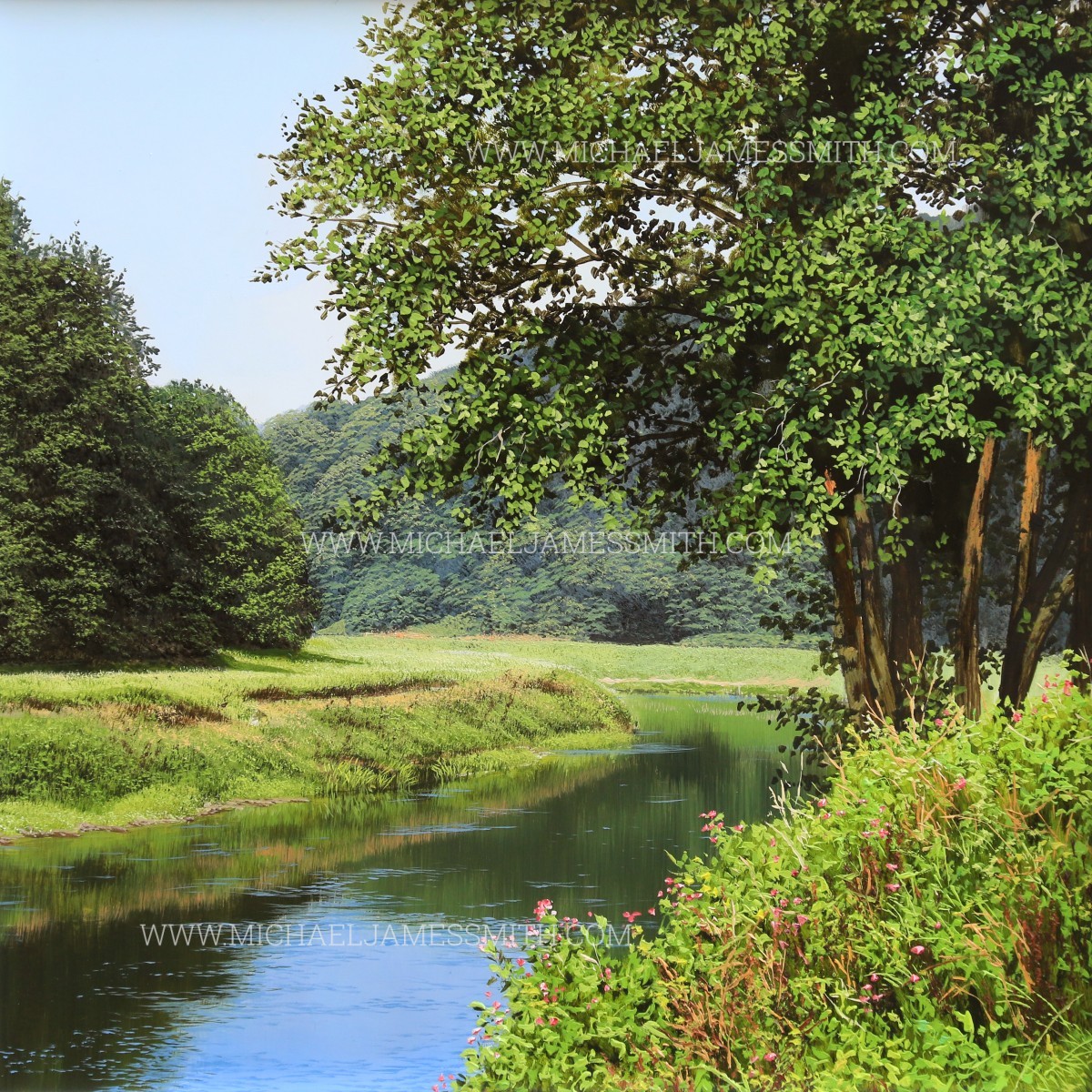stlukesguild
Well-known member
- Messages
- 2,991
Picasso's paintings are great because of the concept, not the execution. Yes his execution was excellent, he was famously called a "good draftsman", but is was his ideas and his concepts that made him the great artist he was, not his mechanics.
You are confusing an artist's impact within the narrative of Art History with the quality of his or her work. Picasso's early work... from the so-called Blue and Rose Periods remain among his most popular and highest priced. Yet these works were in no way as innovative as many paintings by Van Gogh, Gauguin, or Munch. But many of those paintings are quite exquisite. Art History is a narrative that attempts to map out a linear development of art from one innovation to the next. But there are any number of artists who fall outside of this narrative who produced marvelous works of art... quite often as good as or better than some of the big names within the narrative. I have known and worked with a number of art historians and was stunned by their lack of taste... their failure to appreciate what made a work of art truly superlative beyond citing certain novelties. Why are the paintings of Vermeer so revered when he was largely unknown in his own life-time so that his innovations or concepts are of little impact on art history? Then ask yourself what makes one painting by Picasso or Matisse or DeKooning so much more admired than others rooted in the very same concepts. It would seem that the answer is that some works are far more successful in terms of form or aesthetics.
You are confusing an artist's impact within the narrative of Art History with the quality of his or her work. Picasso's early work... from the so-called Blue and Rose Periods remain among his most popular and highest priced. Yet these works were in no way as innovative as many paintings by Van Gogh, Gauguin, or Munch. But many of those paintings are quite exquisite. Art History is a narrative that attempts to map out a linear development of art from one innovation to the next. But there are any number of artists who fall outside of this narrative who produced marvelous works of art... quite often as good as or better than some of the big names within the narrative. I have known and worked with a number of art historians and was stunned by their lack of taste... their failure to appreciate what made a work of art truly superlative beyond citing certain novelties. Why are the paintings of Vermeer so revered when he was largely unknown in his own life-time so that his innovations or concepts are of little impact on art history? Then ask yourself what makes one painting by Picasso or Matisse or DeKooning so much more admired than others rooted in the very same concepts. It would seem that the answer is that some works are far more successful in terms of form or aesthetics.



